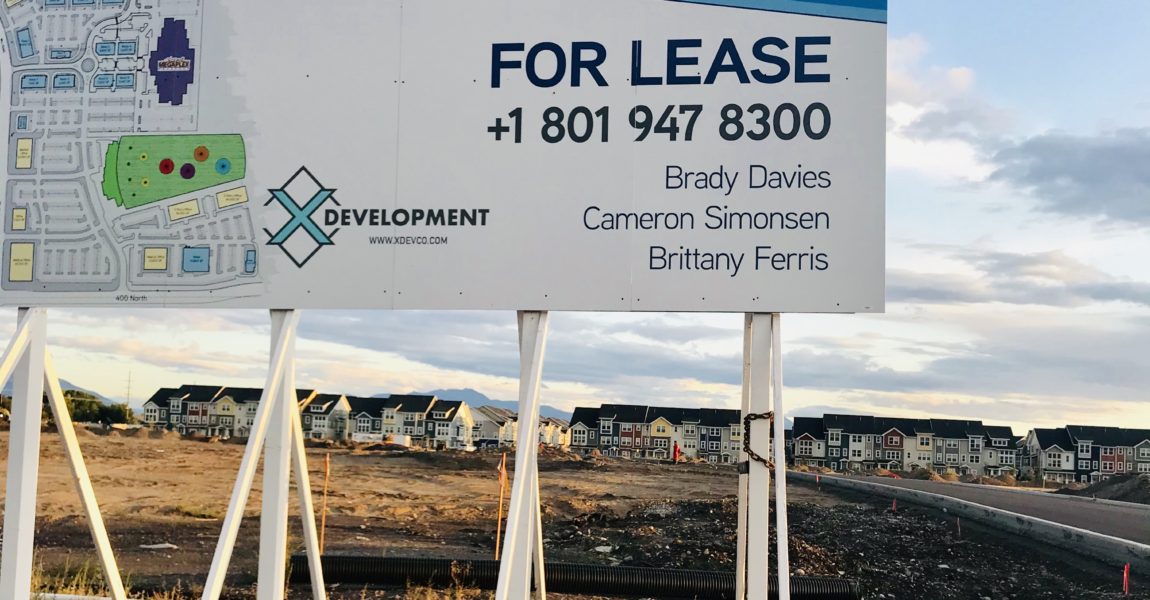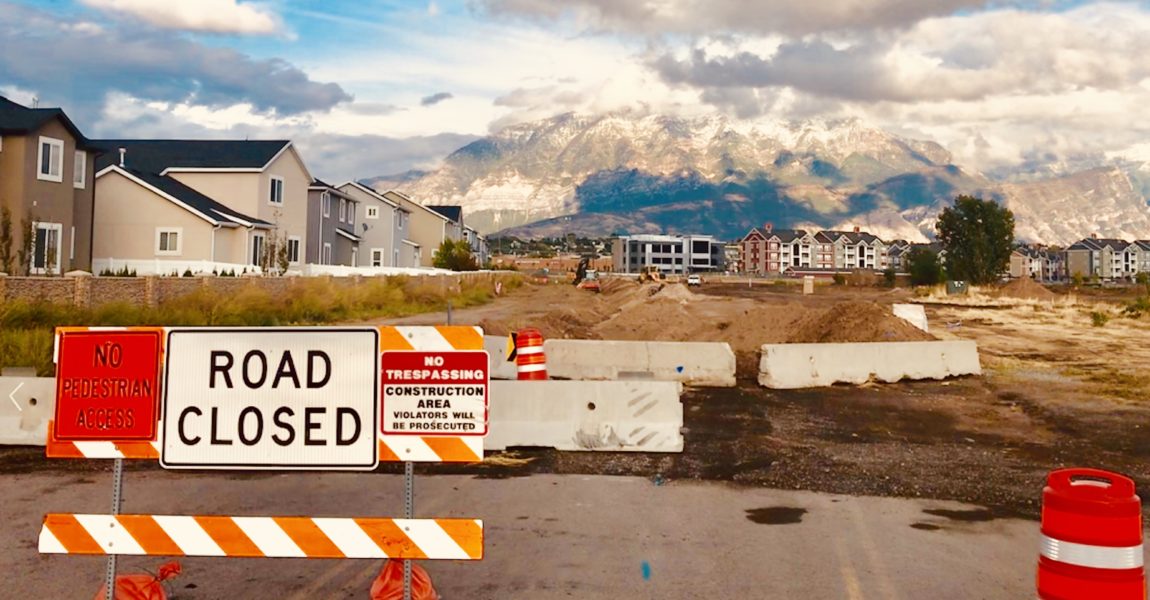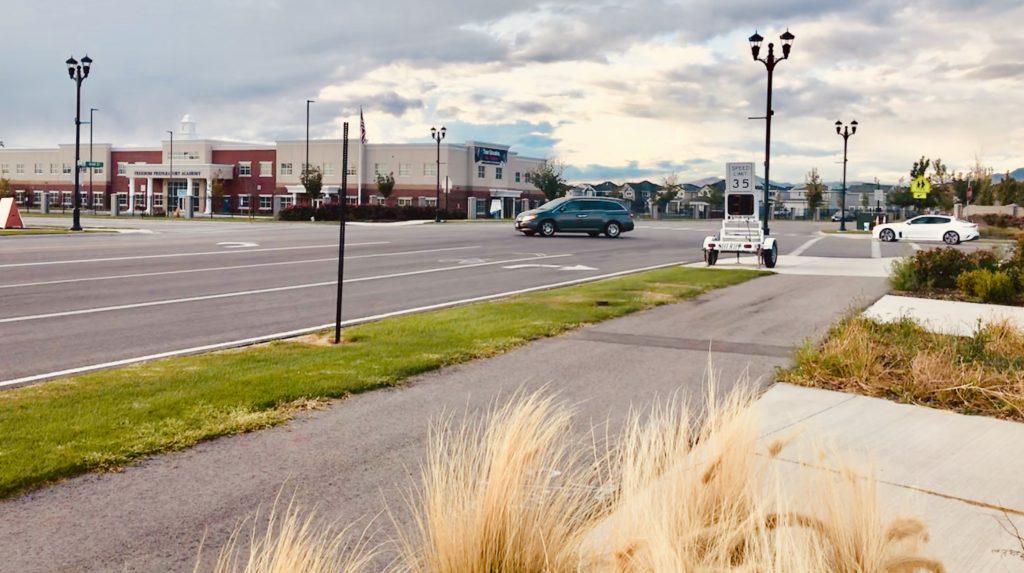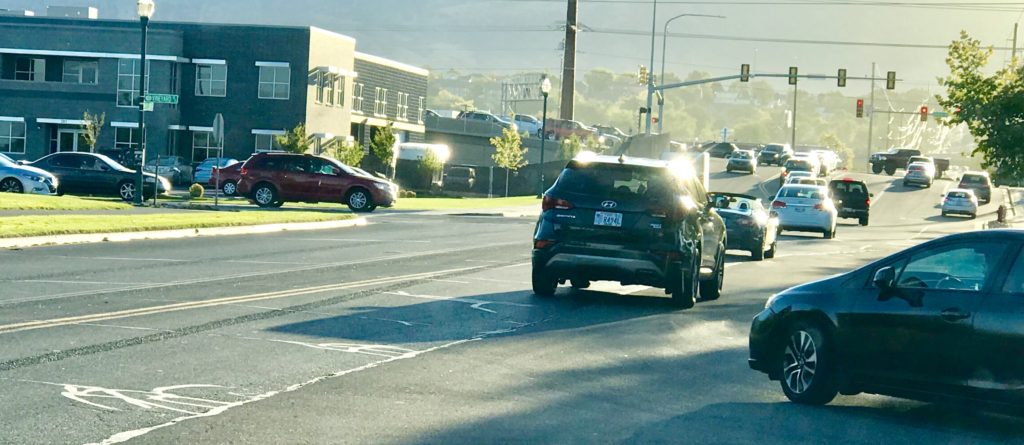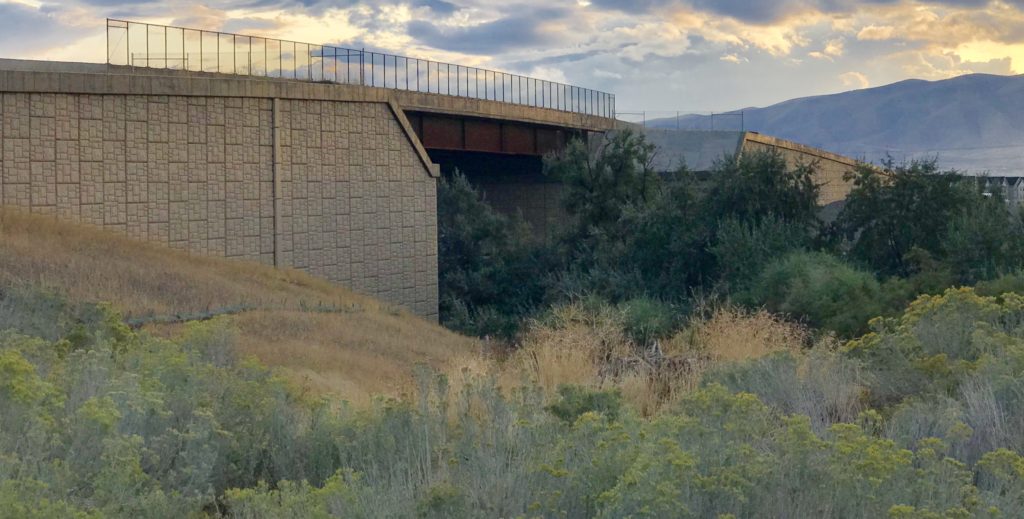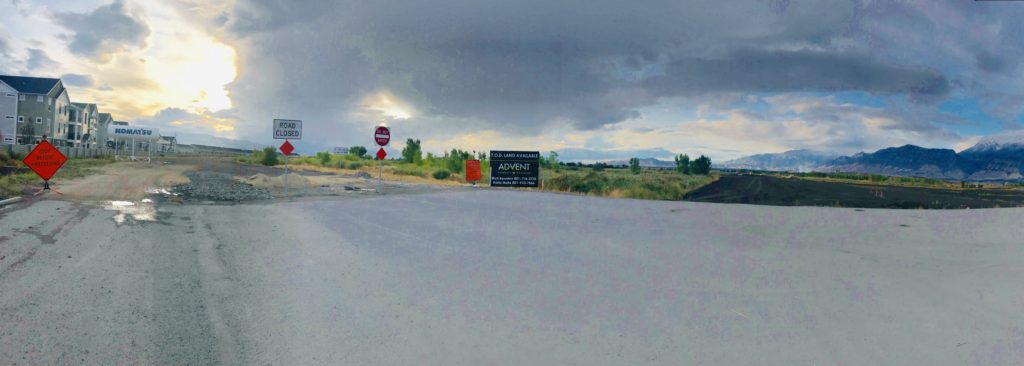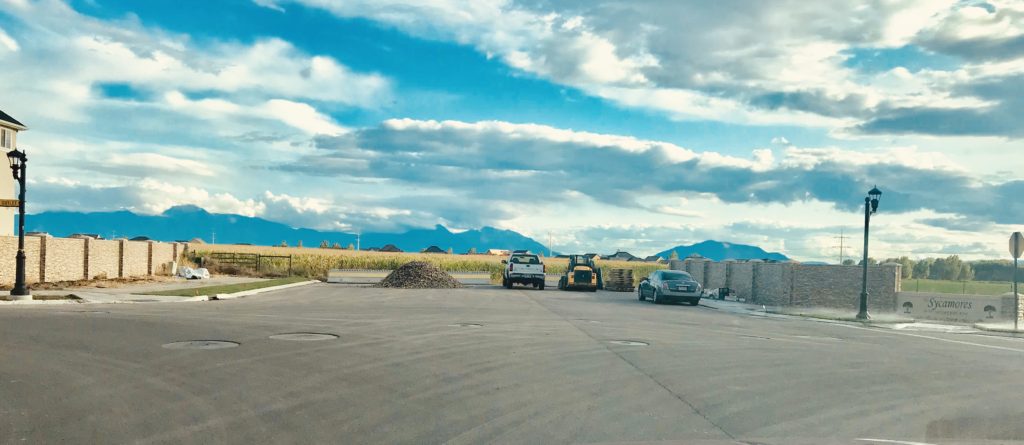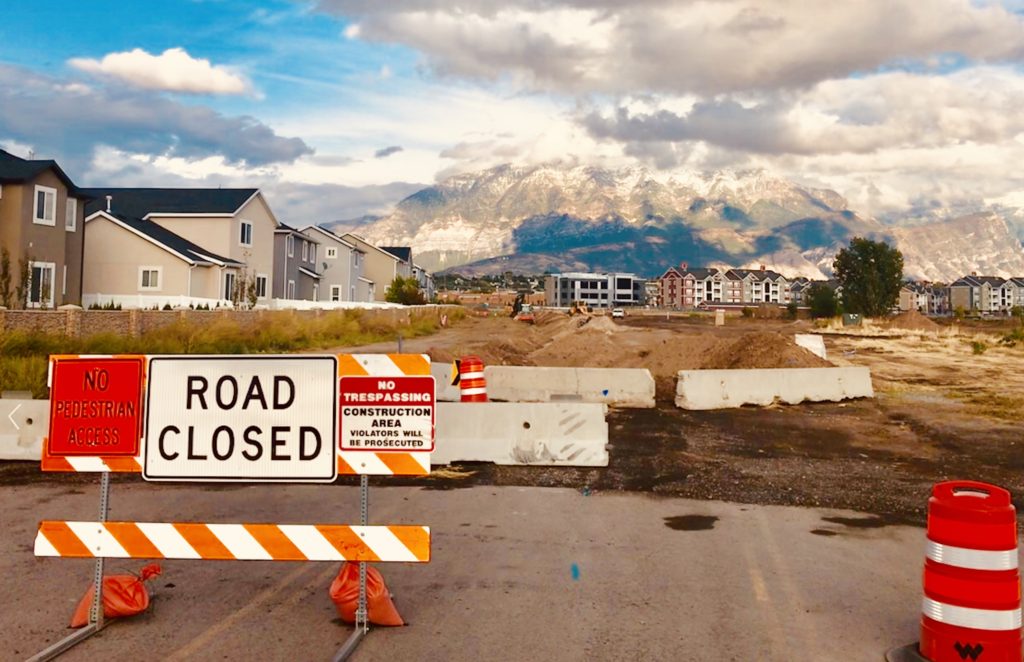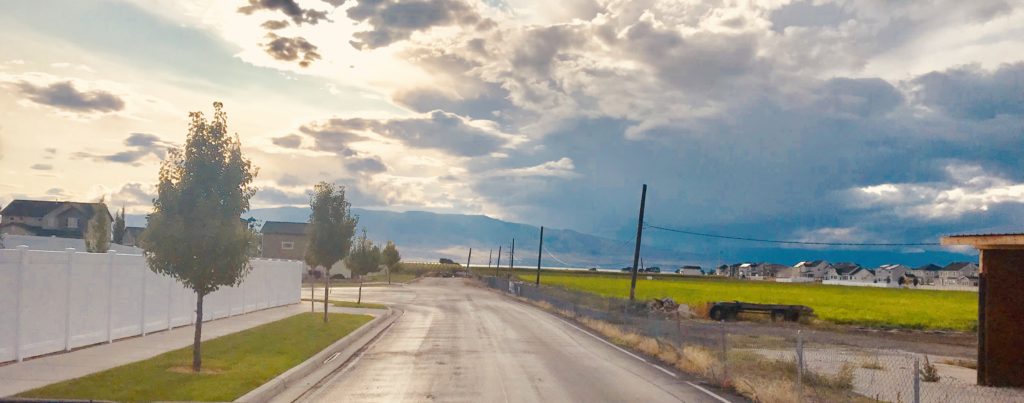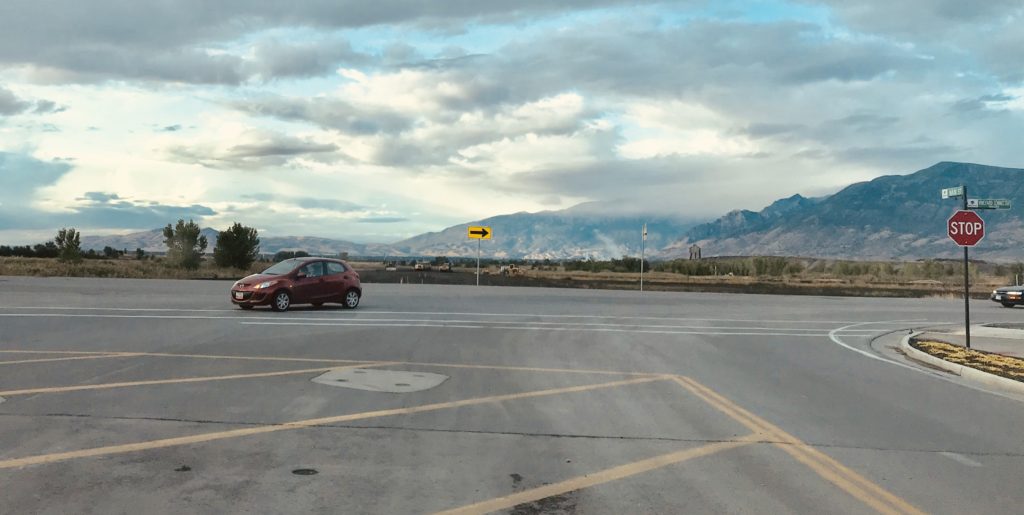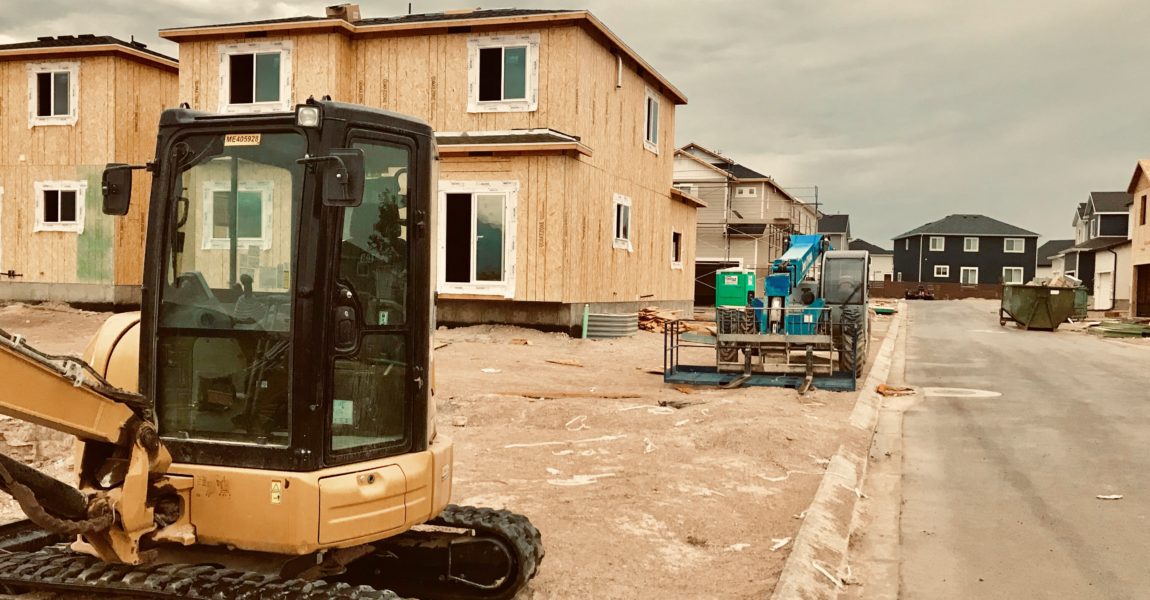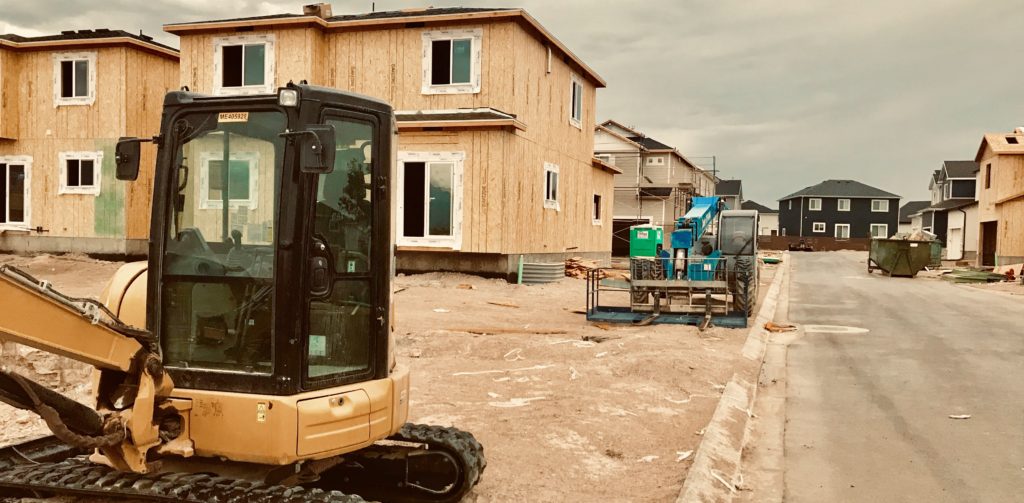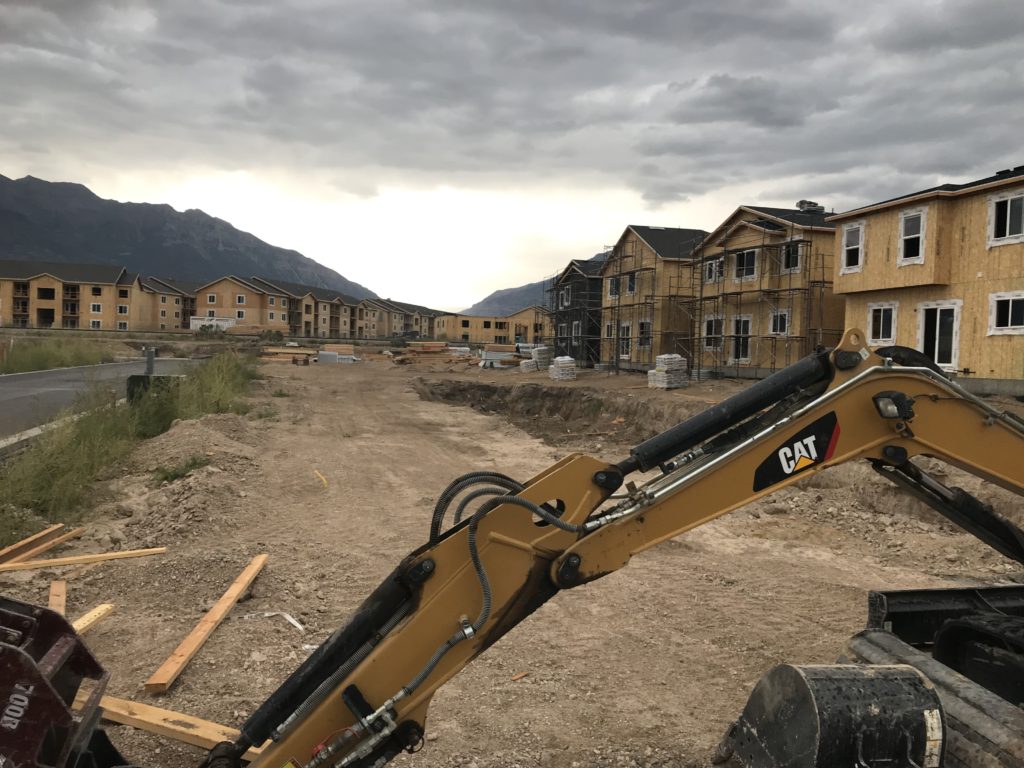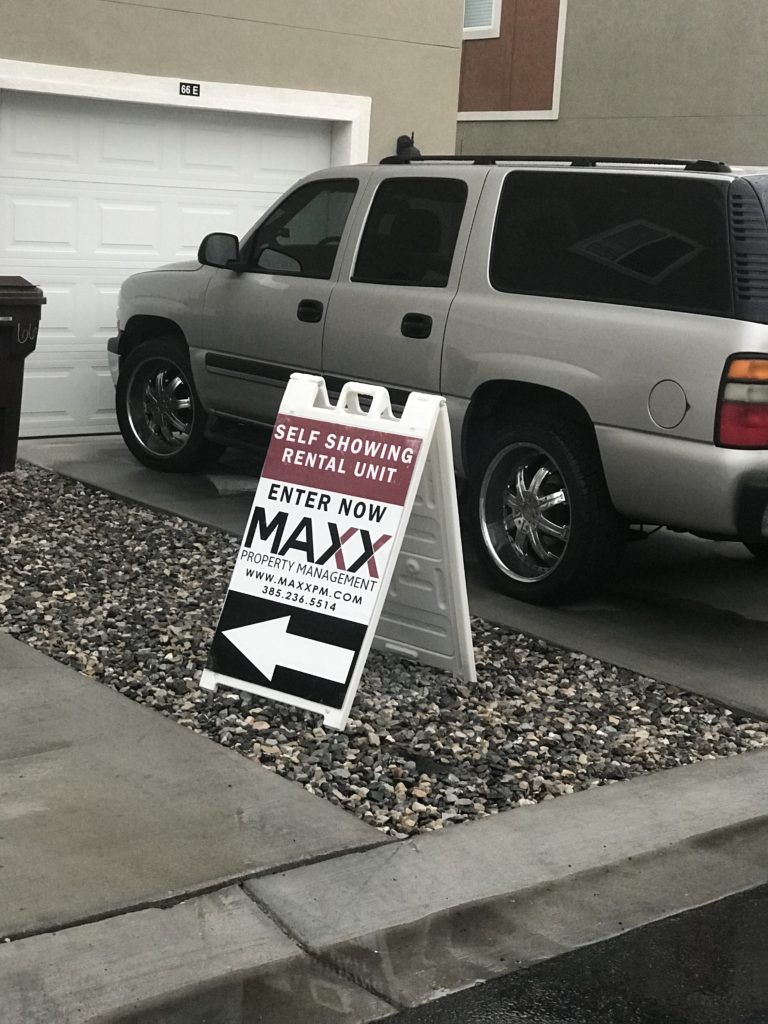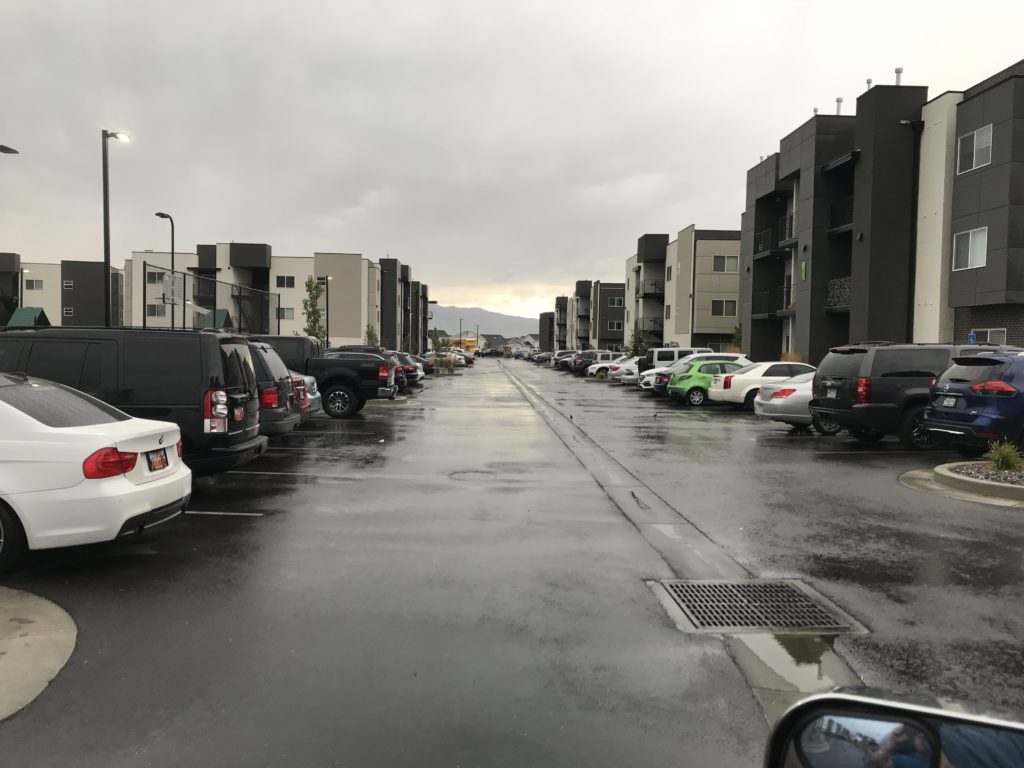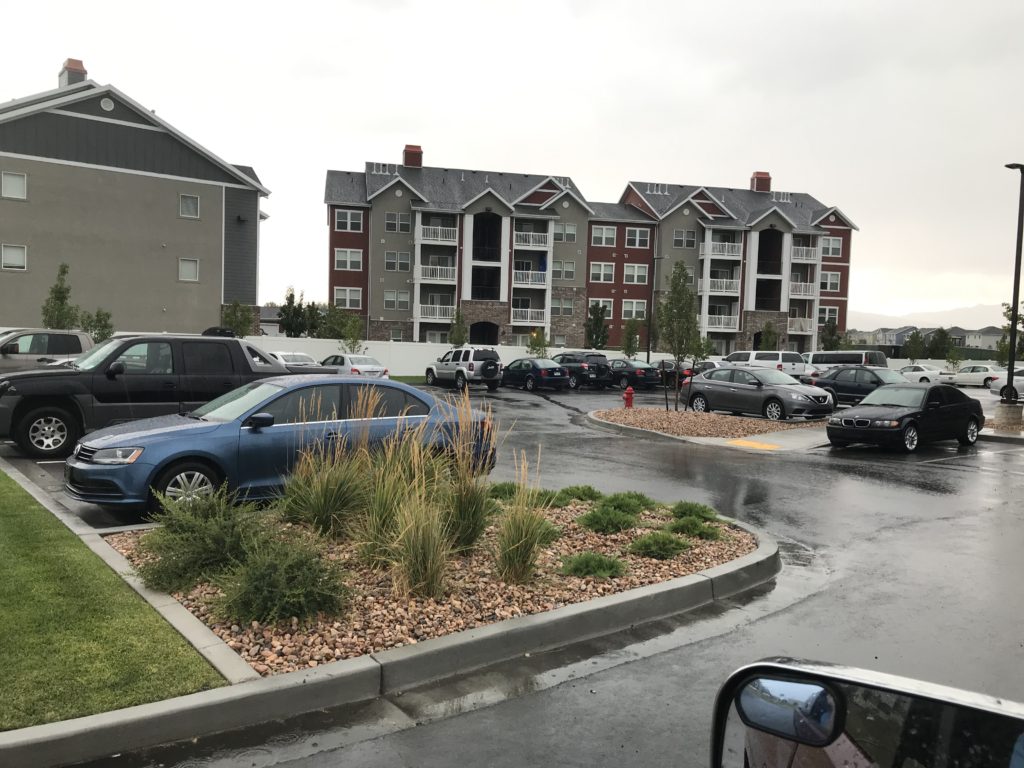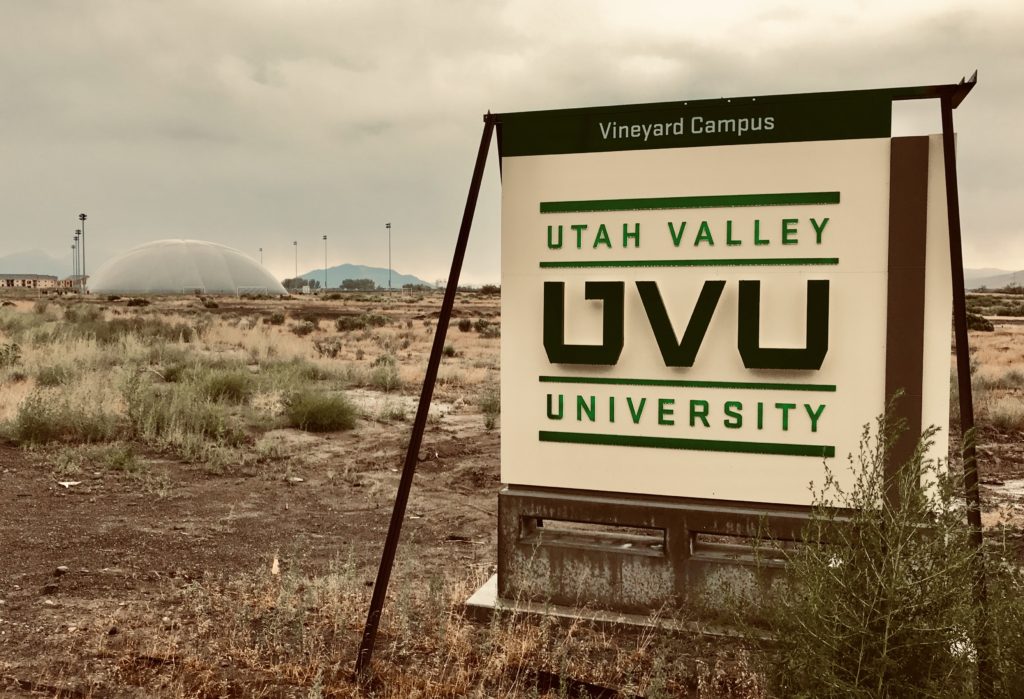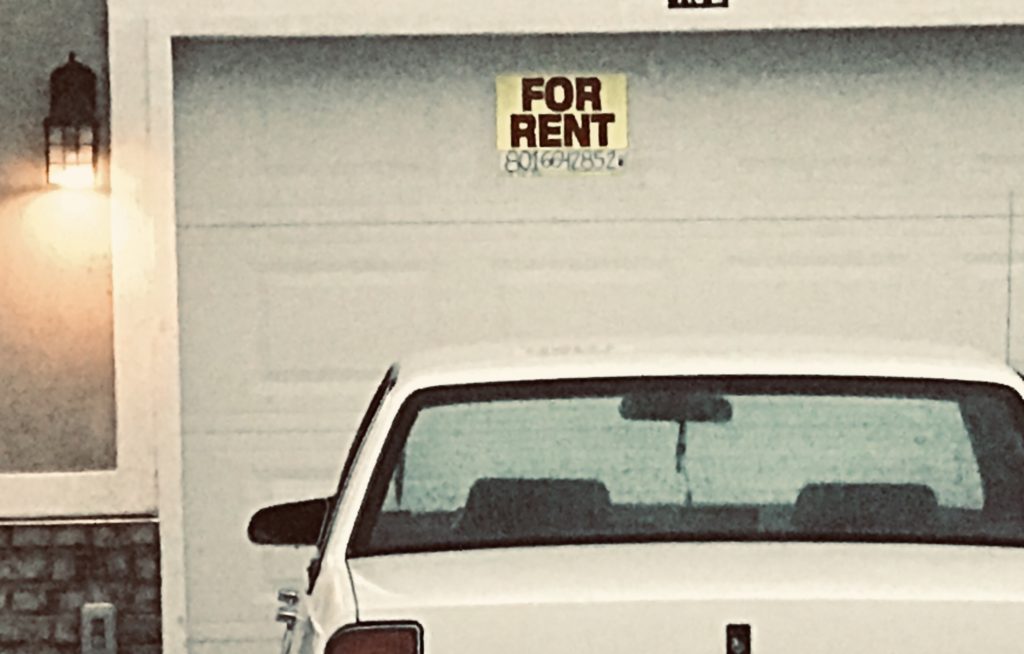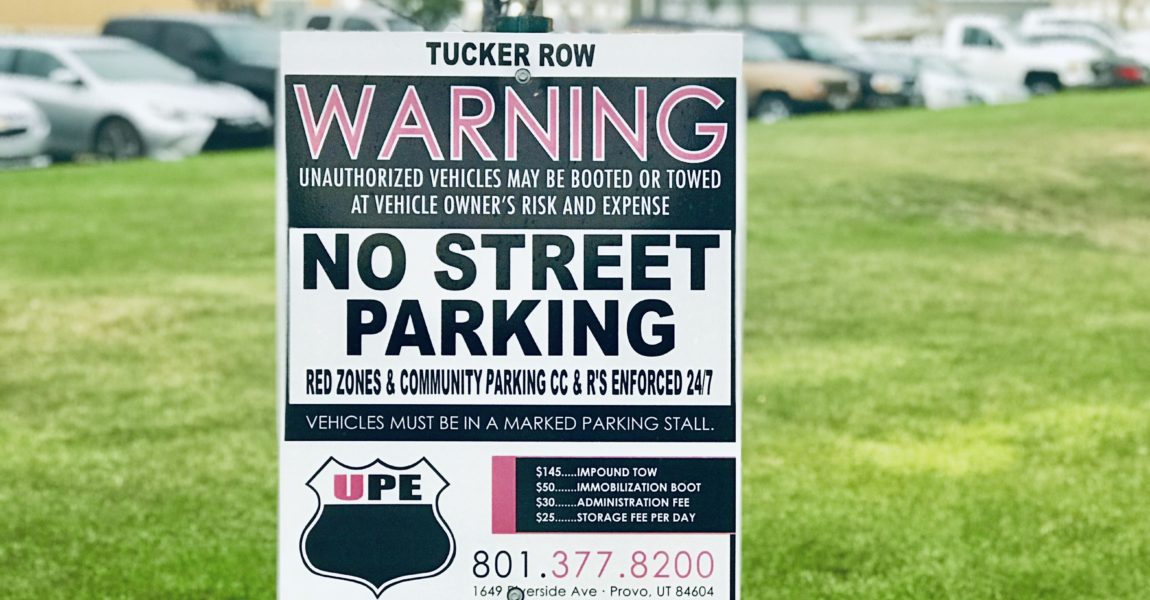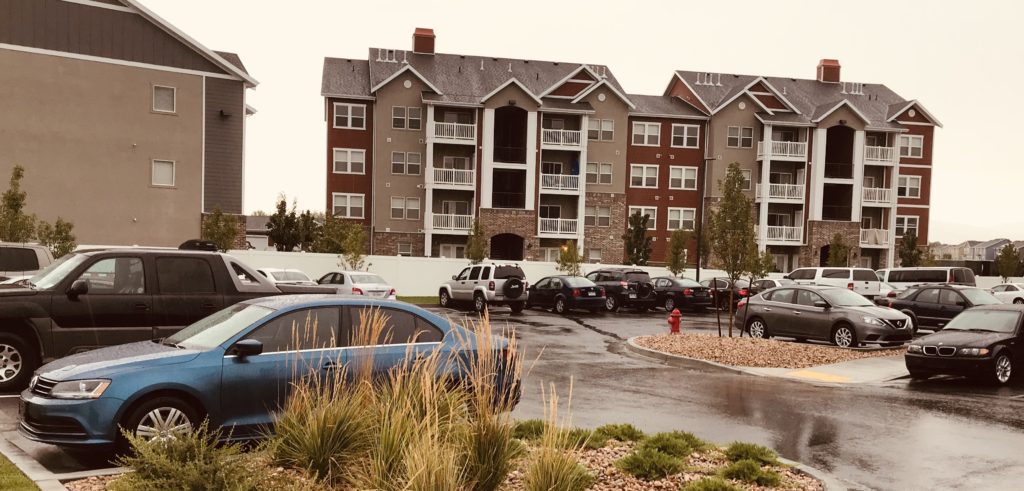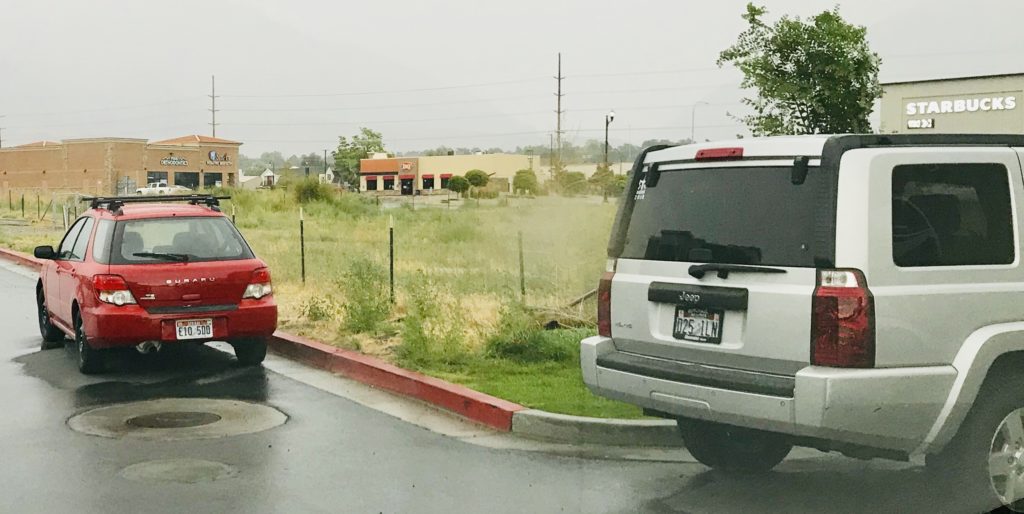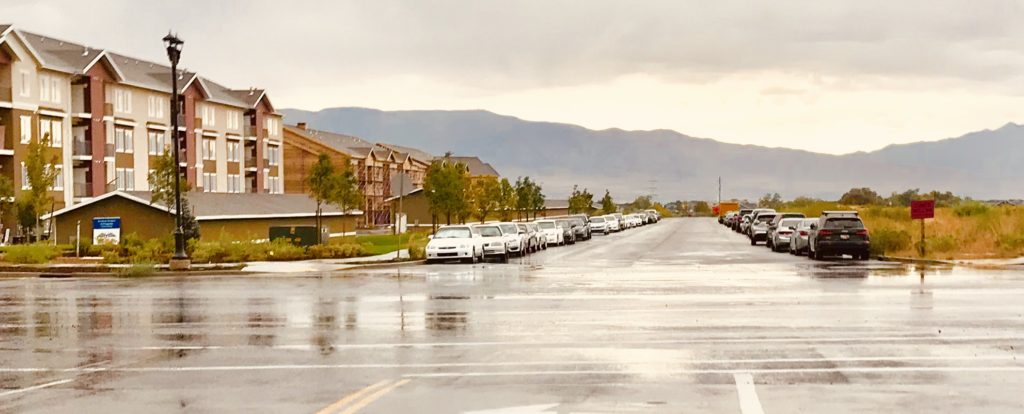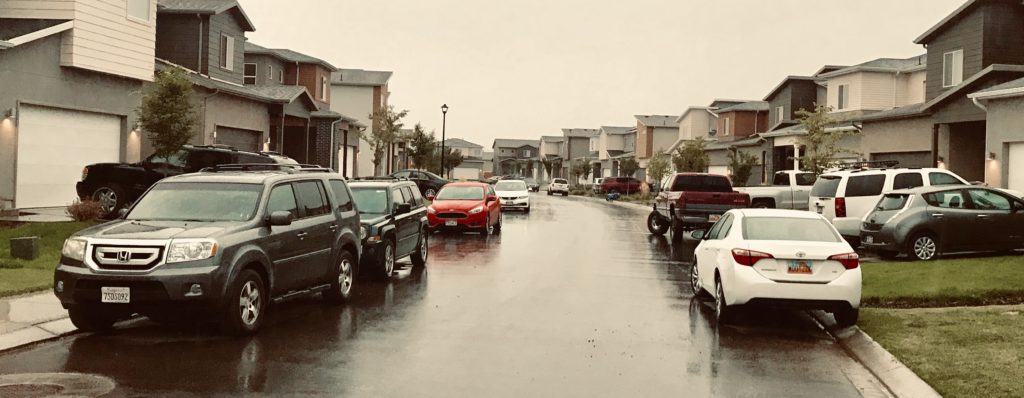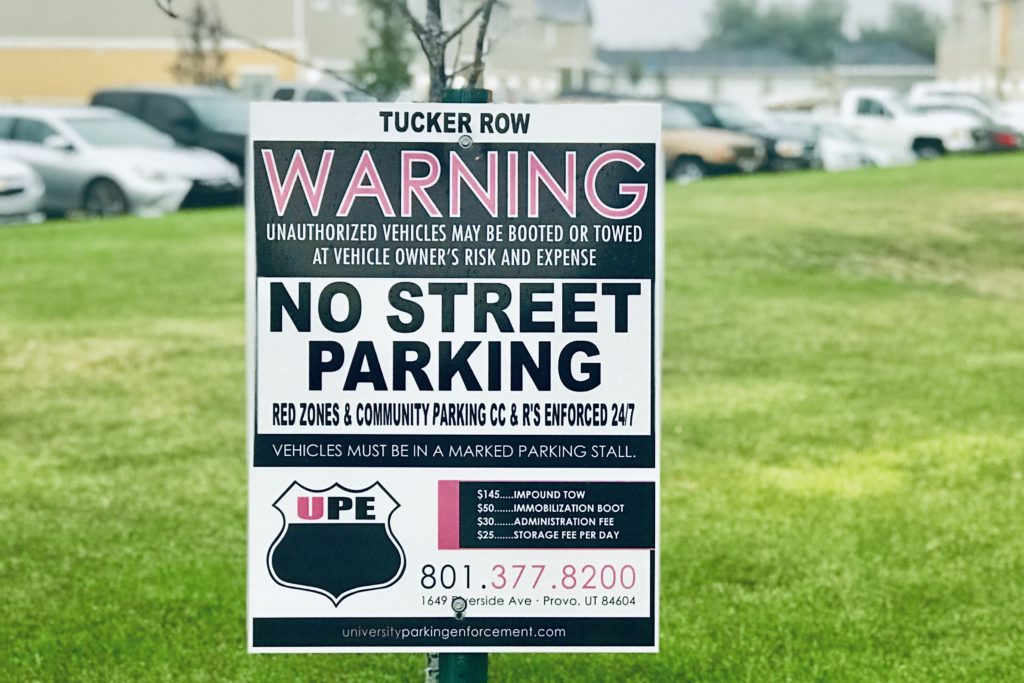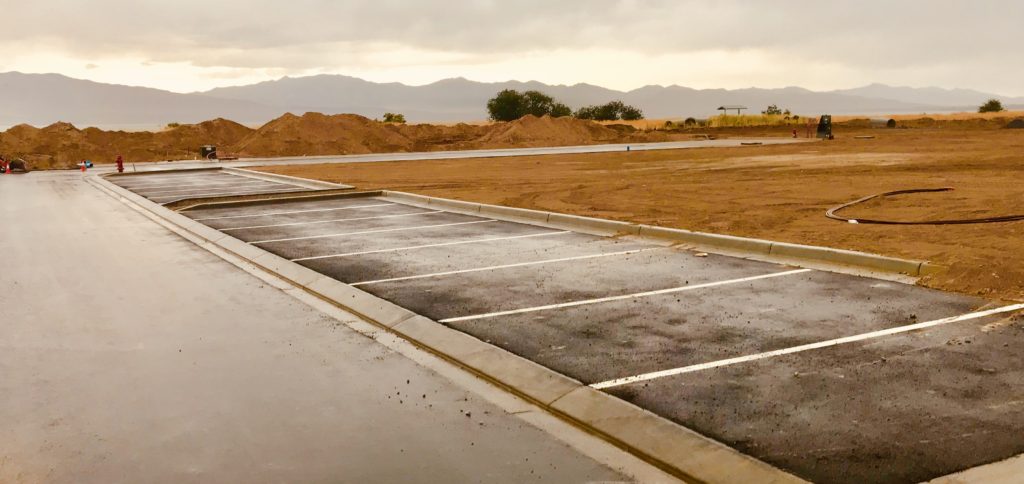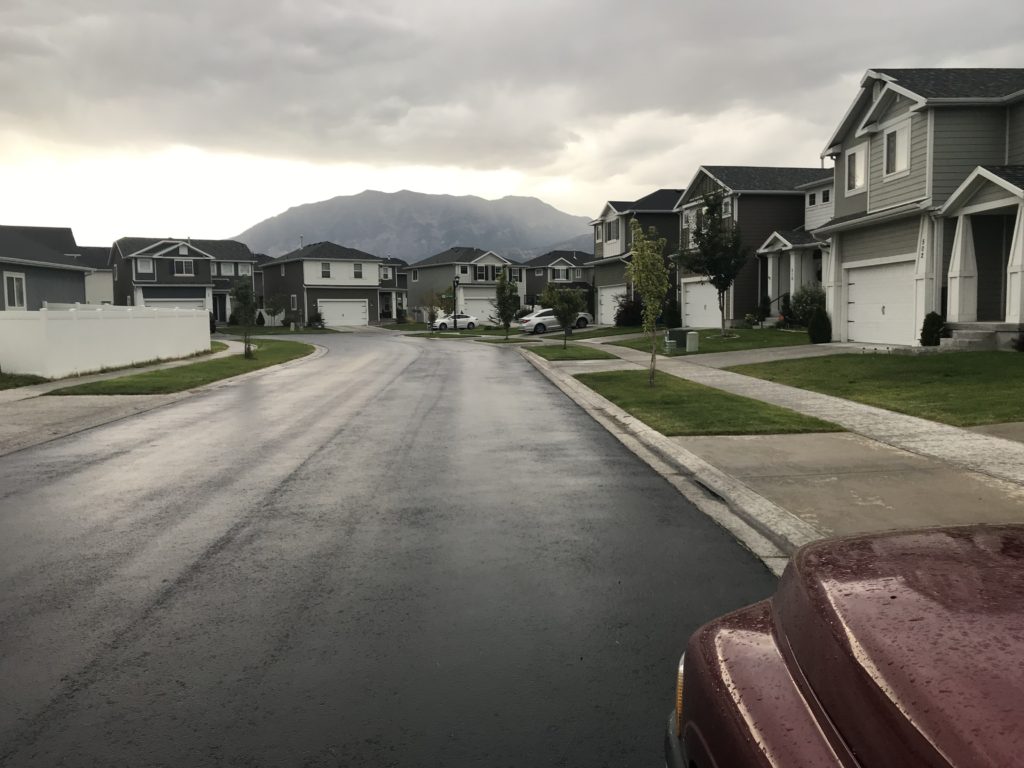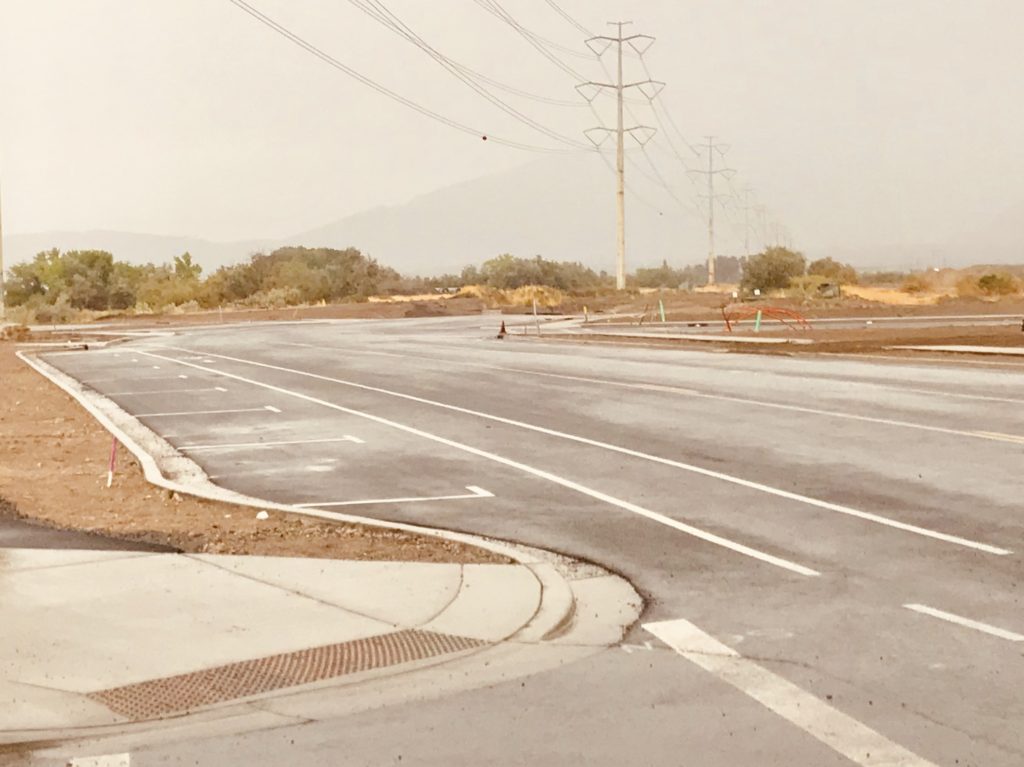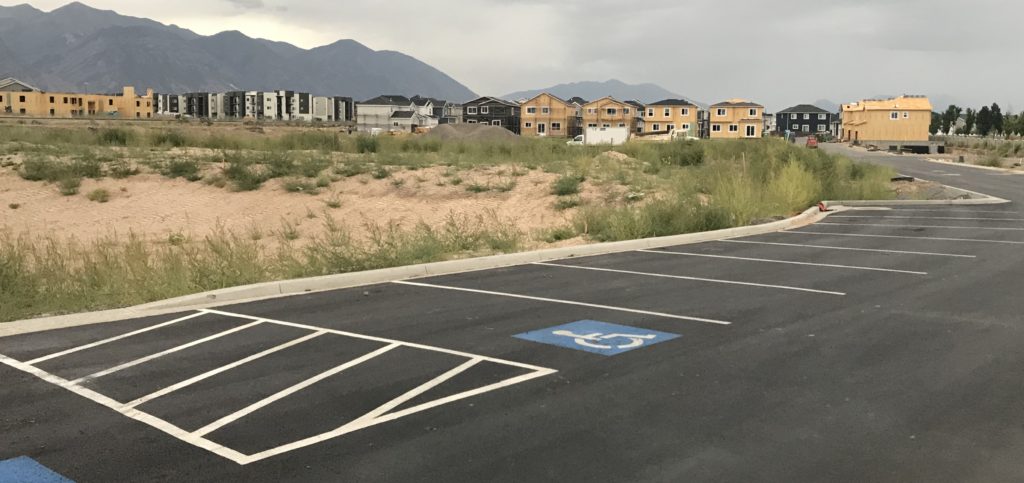Issues: Encourage Business Development
We need more businesses here in Vineyard.
Businesses pay the taxes that provide the parks, trails, beaches, and facilities that create the quality of life we want here in Vineyard. They also make shopping more convenient by bringing the goods and services we need closer to home. Businesses are just a win-win all the way around.
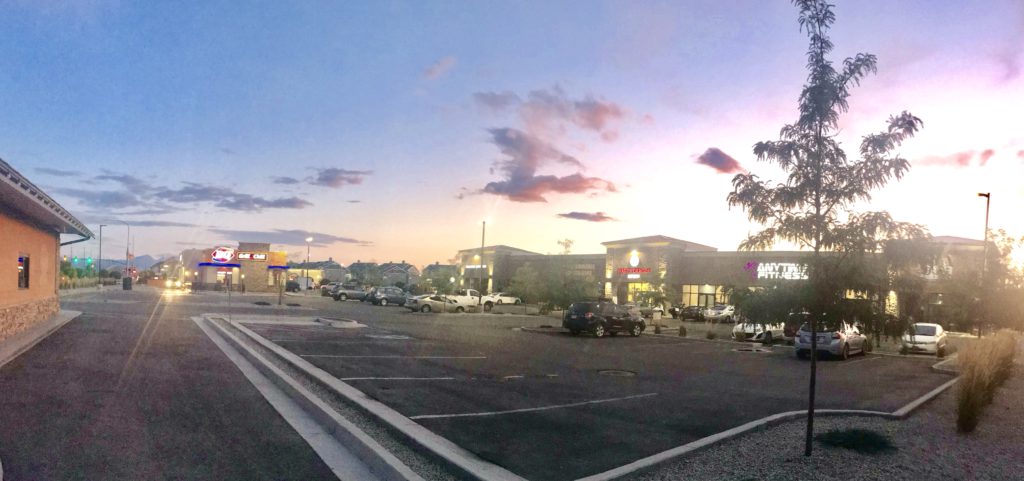
We are grateful to the businesses that are already here. In many cases, they took a chance on locating in Vineyard. They came when there weren’t as many potential customers in the city as there are now. They believed in Vineyard—that it would grow and become a solid customer base that would support them. They have been wonderful magnets for other businesses, showing them that Vineyard is a good place to establish and grow a business.
We need to attract more businesses like that.

The Forge and The Yard
The Forge and Yard districts on our east side are currently being developed.
The Megaplex has anchored The Yard business district for several years all by itself. There are now new restaurants and such in front of the Megaplex. There is a recreational golf driving range facility, The Golf Club, being built directly to the south with medical and other offices filling out the rest of the district. Much of that development has already been approved by the Vineyard Planning Commission, and building permits have been granted or are in process. This is good news.
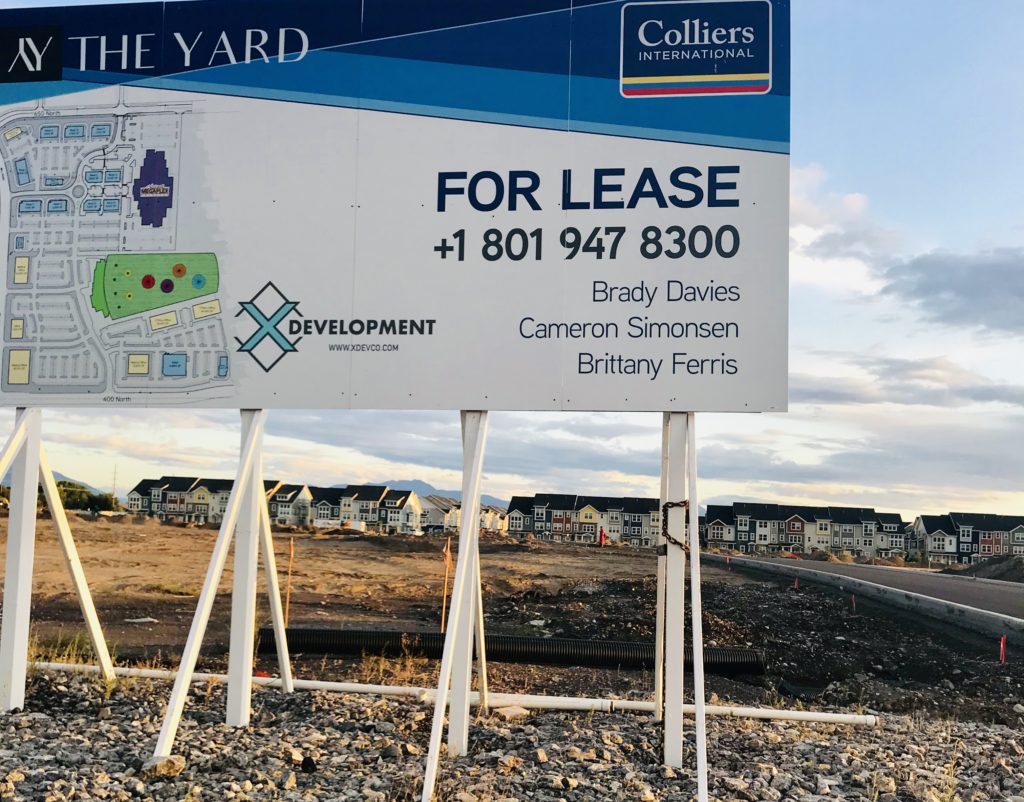
The land north of the Megaplex, is the Forge district. Plans had been approved for a hotel, office building and parking structure. Unfortunately, since those plans were approved, the land was sold to a different developer with different ideas about what to put there. So now the planning and approval process will need to start over. The city has expressed willingness to work with the new developer and assist in appropriate ways. We have hopes that new plans will be on the way soon, but it is the developer’s property, so we will have to wait for them to decide when and what to build.
If elected, I will lobby for and vote to support the development of the Forge and Yard business districts with businesses that will be assets to the city.
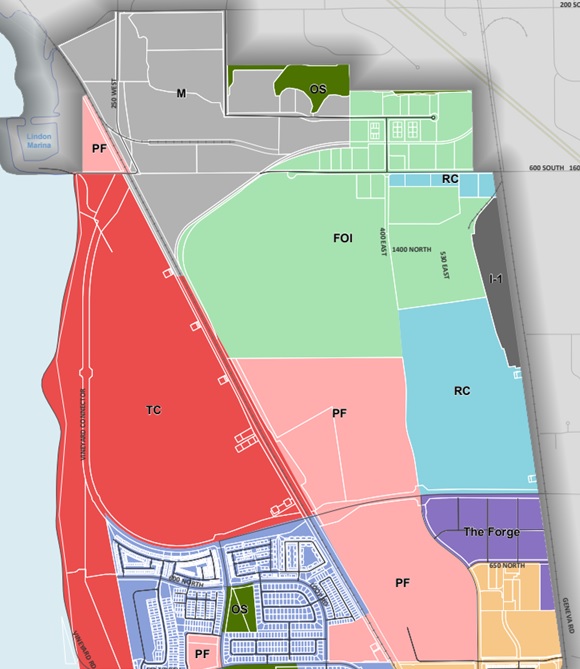
RDA Land
The federal and state governments have set up a ‘redevelopment agency’ which provides money to help rehabilitate the land where the old Geneva Steel Mill stood. Almost all of the currently undeveloped land in Vineyard is part of this zone. The Vineyard Redevelopment Agency (RDA), which is run by the Mayor and City Council, is using the money made available to the RDA, in conjunction with the old steel mill owners to clean up and prepare that land for new cleaner businesses. They also use that money to attract businesses by providing incentives for building here in Vineyard. Incentives like building a train station, roads, installing electrical, water, sewer and information systems. Things that benefit us as well as the businesses.
If elected, I will support efforts to continue the cleanup and development of the old Geneva lands and convert them into clean, safe, attractive places for businesses to build, grow and prosper.
I will vote to use RDA money carefully and frugally, to make it go as far as possible within the limitations the government has established, to get us the most for every dollar.
Town Center District
Plans for the final street layout of the Town Center district are currently undergoing the approval process.
Additional plans for the district include high rise office buildings, parking structures and a large multi-modal Front Runner train station with Bus and Trax or UVX-style route connections. Our mayor has obtained grant monies and other funding to ensure the train station is built as soon as possible. Completing the train station is a major factor in encouraging businesses to develop the Town Center district with us. It will provide needed transportation for the professionals who will work in Town Center. It will help them get into and out of the city, without overburdening our roads and adding to our parking problems. And it will connect us to all the places in the Silicon Slopes and the Salt Lake Valley served by the Front Runner. Win-win.
If elected, I will vote to continue development of the Town Center in ways that will make it a vital business center that enhances and does not detract from the quality of life we strive for in Vineyard.
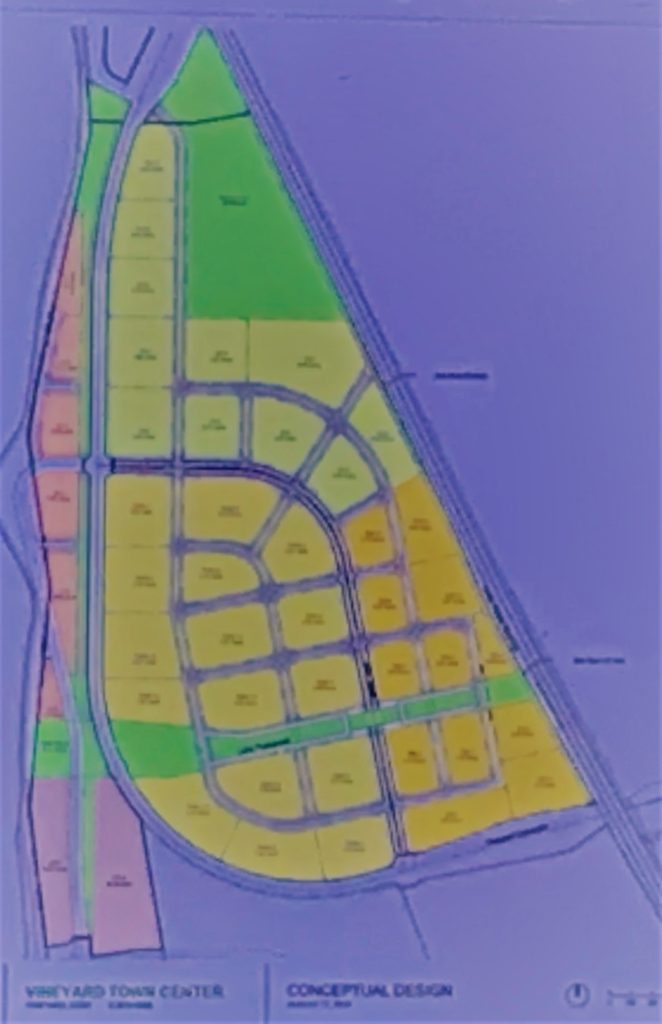
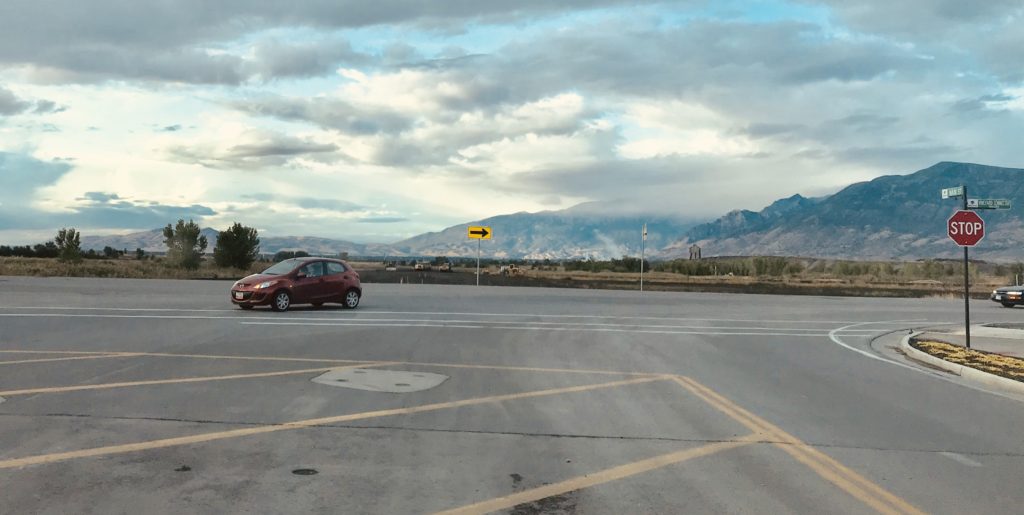
Eastlake Industrial Park

“Industrial Park” is probably not the most accurate description for what can be found in the Eastlake Industrial Park. One of my favorite places to take grandchildren, Coconut Cove, is located deep within the industrial park. The point is, like Coconut Cove, the businesses there are not very industrial. The park hosts some light manufacturing and light industry, but mostly the businesses there have a need for some warehousing—the storage, staging and shipping of goods. There are not many places for such businesses to build where they can be out of the way, yet close to supplies and transportation. Eastlake is a good fit for them and for us.
If elected, I will vote to continue development of the Eastlake Industrial Park to add businesses compatible with its zoning.
Geneva Rd
It has been impossible for businesses to develop along Geneva Rd north of 400 North. The train tracks parallel to the road make access to anything built along there impractical, if not impossible. After twenty years of negotiations, Vineyard City has finally reached an agreement with the railroad company to remove the tracks. The process with take a few years, but the tracks are on the way out. And when they go, businesses will be able to come.
If elected, I will vote to remove train track as seems prudent to allow business to develop along North Geneva Road.
Grocery store
Everyone wants a grocery store in Vineyard.
More than that, we want a drug store, a hardware store, a cleaner, a gas station, and so forth. We want the whole strip mall.
Vineyard City officials and Flagship, Anderson, and @Geneva developers have contacted every grocery store chain with stores in the northern Utah region to invite them to build a grocery store in our city. So far all have declined. They don’t think we have enough homes or people living here to support a grocery store.
If elected, I will continue the ongoing efforts to persuade a grocery store to come to Vineyard.
